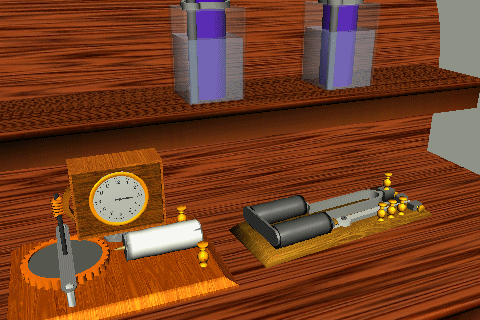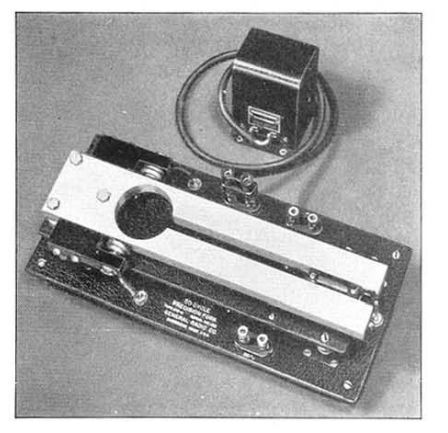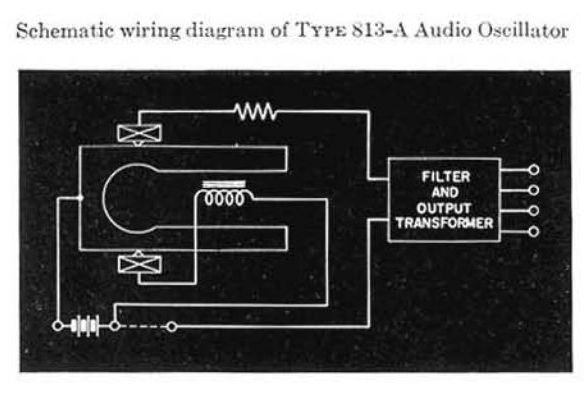Friday, September 20, 2019
La Roue Phonique
This isn't really a telegraph, but it was invented as an accessory for telegraphs. After reading the original document I simply couldn't resist making a model. Poul LaCour was a Dane living in France. He was so proud and excited about his invention that his passion burns through the years.
He called his invention the Roue Phonique or Phonic Wheel.
It was the first precision oscillator, using a tuning fork as a fast-moving reversing relay. The AC output drove a synchronous magnetic motor.
In modern terms the tuning fork part is an inverter, sending out an accurate AC signal from a battery. We use inverters constantly in solar power systems and computers.
In 1880 power grids were just barely starting to develop, and the Tesla/Edison battle was still in the future. All power came from batteries, so LaCour's Phonic Wheel could serve to drive clocks or any mechanism requiring accurate AC or accurate rotation. LaCour imagined the wheel driving multiplex telegraph systems, and showed how to use visible interference patterns between two wheels to calibrate one frequency against another.
Here's the Phonic Wheel in action, driving a clock. I've slowed down the oscillation for visibility. I've also left out the wires because I'm lazy.
 AC power came along soon thereafter, so the need for an inverter faded away.
GenRad, the calibration company, was still using LaCour's idea in 1948. The mechanism of their Precision Fork was the same:
AC power came along soon thereafter, so the need for an inverter faded away.
GenRad, the calibration company, was still using LaCour's idea in 1948. The mechanism of their Precision Fork was the same:
 And the circuit was basically the same:
And the circuit was basically the same:
 LaCour's later inventions in the area of windmills and wind power have been more productive and better known.
LaCour's later inventions in the area of windmills and wind power have been more productive and better known.
 AC power came along soon thereafter, so the need for an inverter faded away.
GenRad, the calibration company, was still using LaCour's idea in 1948. The mechanism of their Precision Fork was the same:
AC power came along soon thereafter, so the need for an inverter faded away.
GenRad, the calibration company, was still using LaCour's idea in 1948. The mechanism of their Precision Fork was the same:
 And the circuit was basically the same:
And the circuit was basically the same:
 LaCour's later inventions in the area of windmills and wind power have been more productive and better known.
LaCour's later inventions in the area of windmills and wind power have been more productive and better known.
Labels: Metrology, Morsenet of Things
